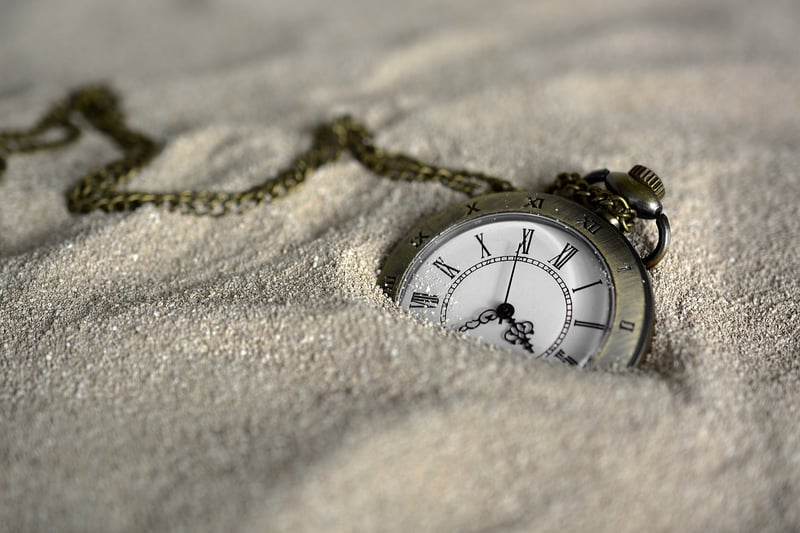Causal Loops
Unraveling the Mysteries of Time Paradoxes and Causal Loops
Time travel has long been a fascinating concept in science fiction, often giving rise to mind-bending scenarios involving time paradoxes and causal loops. These intricate concepts challenge our understanding of cause and effect, creating intriguing dilemmas that captivate our imagination.
Time Paradoxes
Time paradoxes occur when actions in the past influence events in the future in a way that is logically inconsistent. One famous example is the grandfather paradox, where a time traveler goes back in time and prevents their grandfather from meeting their grandmother, thus preventing their own birth. This leads to a paradox - if the time traveler was never born, how could they travel back in time to prevent their own existence?
Types of Time Paradoxes:
- The Bootstrap Paradox
- The Predestination Paradox
- The Ontological Paradox
Causal Loops
Causal loops, also known as closed timelike curves, are events in which an effect becomes its own cause in a continuous loop. This creates a cycle where the cause of an event is also its result, with no discernible origin.
Characteristics of Causal Loops:
- Events have no clear beginning or end
- Cause and effect are intertwined in a loop
- Information or objects can exist without being created
These concepts may seem puzzling and paradoxical, but they continue to spark debates among physicists and philosophers about the nature of time and the possibility of time travel.

To delve deeper into the intricacies of time paradoxes and causal loops, explore the works of renowned scientists and authors who have delved into these enigmatic phenomena.
By pondering these mysteries, we may gain a better understanding of the universe and the complex nature of time itself. Whether in fiction or scientific inquiry, the exploration of time paradoxes and causal loops continues to inspire wonder and curiosity.
